We all know the classic symptoms of ADHD. We understand that it can be hard for someone to focus and concentrate on their work. They may be more hyperactive, impulsive, and distractible. It is easier to identify ADHD in males earlier in life because they struggle to sit still, talk a lot in class, and struggle to follow along with the class. This does not help women who may not be as easy to recognize ADHD symptoms and they can go a long time without receiving the help they could truly benefit from. If you go to receive help because you wonder why your mind races, it is hard to initiate work, and stay focused, it can be misidentified as anxiety or depression. Did you know what anxiety and depression can be a secondary reaction experience to a primary ADHD diagnosis?
Males and females can go without receiving the information above, and the beneficial care to help manage ADHD, for a long time. It is not exclusively gender and assigned sex at birth related. Mental health does not discriminate, but it can look different between individuals. Perhaps you’ve experienced some of these below:
Sometimes one might lose things, arrive late to appointments or work, or even hand in assignments and projects late.
Sometimes one may find themselves daydreaming in meetings, losing focus, or tending to think about a hundred other things related to work, your day, or other things that can interest you.
Sometimes one can sit and complete something they are truly interested in, which is confusing. However, two weeks from then, one might lose all interest and care for something they just bought all the supplies for. Maybe one’s room may reflect all of these unfinished hobbies or projects and then they wonder why they are the way that they are.
Maybe it is hard to follow conversations because one anticipates what they will say and finds it difficult to wait one’s turn. Perhaps one finds oneself interrupting a movie or a television show because of an urge to comment on what is happening.
Perhaps one’s bank account reflect a slew of impulse buys?
One might forget to eat and then overeat at night because they were more focused on something else.
One might go into a room looking for something they need but then do not remember what it was.
It may be difficult to shut one’s mind off before bed time and have a pattern for getting 5-6 hours of sleep.
These may be signs that one is living with ADHD type symptoms. It does not mean something is wrong, or one is incapable of being a functioning person. It may be hard to function at the typical 8 hour school-day or job. It may be difficult to maintain life, keep up on chores, and find balance and a routine. It may be difficult to maintain life goals like eating right, exercise, and your weekly schedule. These are very common things a lot of people relate to who live with ADHD.
As a woman, it is more common to be the inattentive type of ADHD which can be masked easily, seen as more anxiety or stress. As a woman, one might experience anxiety or depression which can mimic some of the inattentive symptoms of ADHD. Symptoms might include:
One may double-check or triple-check one’s work before handing it in, but this delays other things, and this consumes a lot of the work day.
One may have to re-read the same paragraph because one didn’t pay attention the first time.
One might experience low self-esteem wondering why things do not get finished or are wrong.
Stress or emotional distress can develop because of how much time and energy it takes one to finish something. Since things feel so inconsistent, life can be overwhelming and chaotic and this can lead to other issues.
If you feel like any of the above symptoms describes your life, it can be beneficial to reach out to a mental health professional to explore ways to live with these needs.


